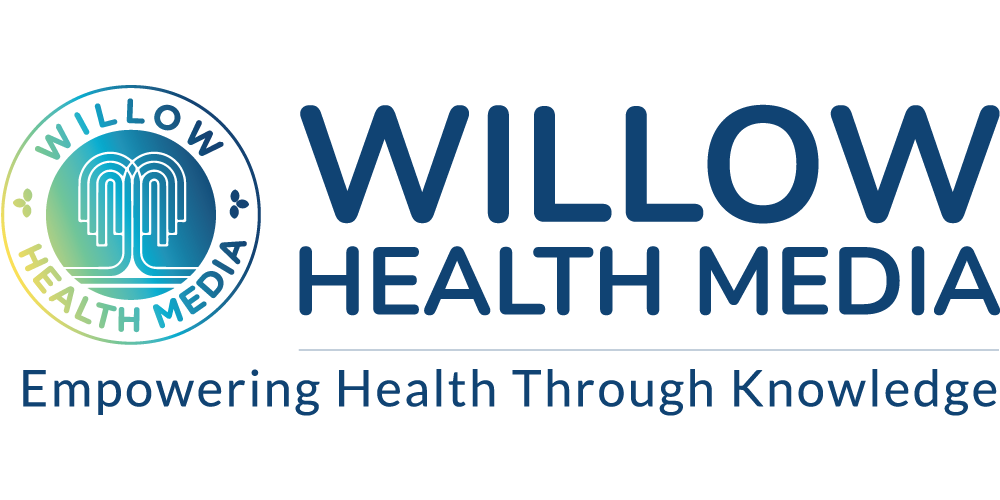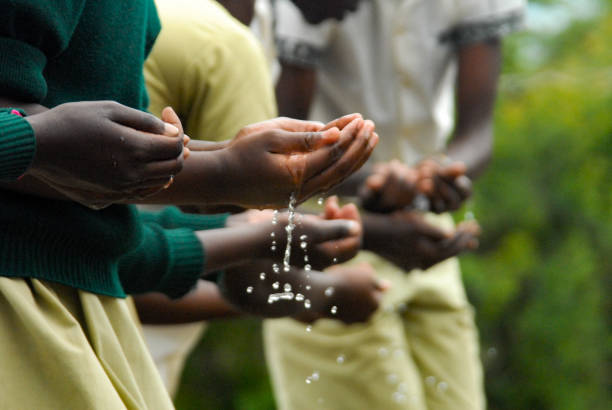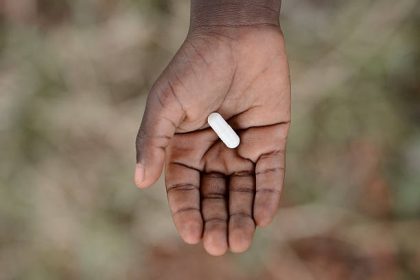Kenya’s school feeding program reached about 1.9 million learners in public schools by 2023, and USAID withdrawal could lead to dropouts, early marriages
By now you know how US President Donald Trump’s decision to halt all global development engagement for the United States Agency for International Development (USAID) has had a screeching effect on key areas including health, agriculture and food security programs, governance and education where USAID has been involved in improving education, particularly in rural areas.
Their support helped improve school infrastructure, curriculum development and teacher training and shutting down USAID will affect school programs and the quality of education in underdeveloped regions.
While many analysts focused on the direct health gaps, especially on emergency medication and contraceptives, they left out the undercurrent that flows via the education duct and, by extension, the trinity of education, health and social support for deserving communities.
An example is Kenya’s School Feeding programmes- an incentive for families to enroll and keep their children learning in schools.
Leah Fulasia, an ECDE teacher in Mathare North Constituency, argues that “School feeding helps in the general and specific nutritional welfare of these children. This the only sure meal some of the have in a day.”
Such support relieves families from lunch budgets, leading to savings of ten percent of household income besides curbing early marriages and child labour- which prematurely halts their education, which in turn limits their ammunition in supporting their own household’s health and education-seeking behaviour.
The cost of Kenya’s school feeding programs varies based on the scale and implementation model.
In 2023, the government allocated Ksh17.3 billion to expand the school meals program for over 1.9 million learners in public schools. In contrast, organizations like Kenya Kids Can operate on a smaller scale, serving meals at a cost of about Ksh10 per meal.
These figures highlight the significant variation in costs, influenced by factors like the number of beneficiaries, logistics and specific objectives of each programme.
There is also the School Milk Programme in Kenya, a government initiative that began in 1980, in collaboration with the World Food Programme (WFP). It was designed to promote good health, address malnutrition, improve attendance rates, and enhance learning outcomes, besides supporting children in arid and semi-arid regions of the country, where food insecurity and access to nutritious food was a significant problem.
Initially targeting primary school children in rural and marginalized areas, the School Feeding Programme has expanded over the years to more regions and as of 2023, it has reached about 1.9 million learners in public schools.
In October 2024, the Ministry of Education launched the National School Meals Coalition to expand and reach over 10 million learners by 2030, with an interim goal of reaching four million in 2024.
In Nairobi County, the “Dishi na County” initiative has been particularly impactful. Launched in August 2023, it has provided over 30 million meals to more than 310,000 students across 230 public schools in 17 sub-counties. The initiative has also contributed to a 34% increase in school enrollment.
These efforts underscore Kenya’s commitment to enhancing educational outcomes through improved nutrition and increased access to school meals.
Key Aspects of the Program
- Targeted Areas: Focuses on public primary school pupils, especially in marginalized and rural regions.
- Implementation: Run by the Ministry of Agriculture and Ministry of Education, with milk supplied by local dairy farmers to boost the dairy industry and local economies.
- Health Benefits: Aims to reduce malnutrition and improve children’s health by providing milk rich in essential nutrients like calcium, protein, and vitamins for growth.
- School Attendance: Encourages children to attend school by offering free milk, particularly in areas where hunger or poverty might keep them at home.
- Cost and Funding: Funded by the government, with annual budgets adjusted to include more schools and improve milk quality. Recent years have seen increased investment to expand the initiative which has been quite beneficial in addressing child nutrition and educational outcomes.
To understand the impact of the school feeding initiatives needs a dive into the local community’s socioeconomics: Food is sourced from local smallholder farmers and the business community under the “home-grown school feeding” approach, thus benefiting local communities, their economies, and the establishment of locally initiated sustainable development anchors.
The school feeding program allows children to spend time and concentrate while in school, which leads to better performance and broadening their educational opportunities and the ultimate household health and complementary health interventions help build human capital– the sum of a population’s health, skills, knowledge, experience and habits.
USAID had been supporting projects that technically support family planning to reduce the cost of education burden associated with large families, with a view to ensure that planned children get better quality life and education.
On another front, USAID had been strengthening HIV Prevention and Care Treatment, which kept affected children in schools while enabling their parents to continue with long-term treatment.
Over the years, USAID had supported girl-child empowerment initiatives by focusing on reducing HIV infection among adolescent girls and introducing contraceptive methods, health and socio-economic interventions, which kept more girls in school besides ensuring better health care decisions at the household level.
Key socio-economic interventions include training on basic farming which improves the economic status of families and thus greater ability to sustain school-attendance and expands dietary choices for poor families- who are going to be hit hardest with closure of USAID.
Other consequences comprise economic consequences of job losses, decline in infrastructure projects like roads, water and sanitation hindering economic growth and a marked reduction in support for vulnerable communities, including internally displaced persons (IDPs), refugees, women and children, leading to greater inequality and challenges and entrenched poverty.
While USAID is just one part of the relationship, it plays a vital role in building goodwill and diplomatic ties, and a significant reduction in development assistance could strain the relationship between Kenya and the United States. Such diplomatic and geopolitical realignments could see Kenya seeking more congenial international suitors for development assistance.
The Writer is an Education Policy and Strategy Expert.
wesayamaina@gmail.com
